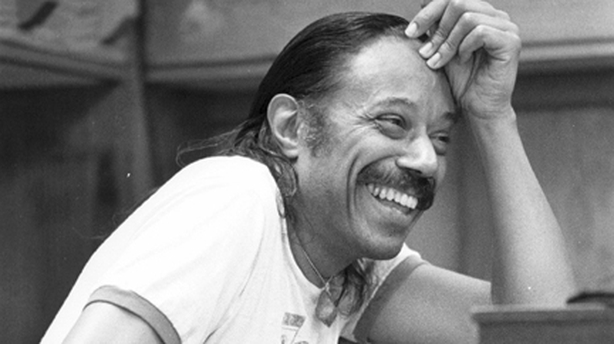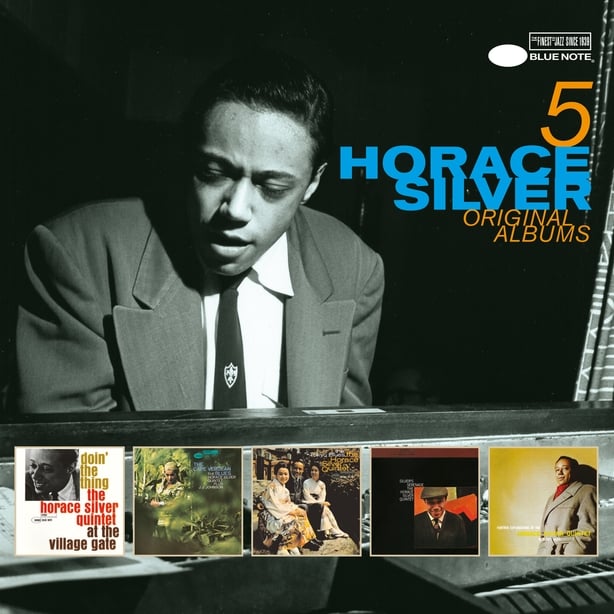Horace Silver's distinctive piano figure from his Song for My Father provided the immortal intro to Steely Dan's Rikki Don't Lose That Number. The work of the pianist and composer will prove equally immortal and these five albums are the perfect introduction.
Tokio Blues is a fine place to start in this dizzying wealth of Silvercraft, an album on which the stylish and visionary composer (1928-2014) aimed to write compositions combining "traditional Japanese feeling in the melodies with Latin feeling in the rhythms." The music was inspired by a Horace Silver tour of Japan undertaken in 1962 and some experts believe this was Silver's greatest band.
"Despite posing with two geisha girls, the album was recorded at Englewood Cliffs, and thankfully eschews any cheesy oriental references, like playing chopsticks, " noted the reviewer for London Jazz Collector, revisiting the album in 2014. "The Tokio Blues is thoroughly American, which is exactly what jazz fans in Tokyo would want."

On the album in question, the smoothly winning Too Much Sake leads off with Junior Cook on saxophone, before Blue Mitchell takes up the blissful mood on trumpet. It’s a wonderful, light-fingered piece, all dappled with sun and shade and rude health, not at all showing the ill-effects of a surfeit of rice wine (sake) of the title.
Sayonara Blues continues the breezy vein for 12 minutes and more, while Cherry Blossom is a slow, beguiling thing from the Connecticut-born piano legend. His accomplices on this Ronnell Bright composition are John Harris Jr on the lightest of cymbal work and Gene Taylor barely nodding in with bass.
Other classics from the Silver mine included here are Silver’s Serenade (1963), Further Explorations By the Horace Silver Quintet (1964), The Cape Verdean Blues (1965) which features the Quintet working with trombonist JJ Johnson. Silver's father, John Tavares Silver, was born on the island of Maio, Cape Verde, and emigrated to the United States as a young man.
The set also includes the live set, Doin’ The Thing, which was recorded at the Village Gate in New York in May 1961. Superb.















